JAX in Motion seeks to inspire and move audiences through a series of short documentaries. Presenting the groundbreaking research and discoveries being made by the exceptional scientific researchers at The Jackson Laboratory.
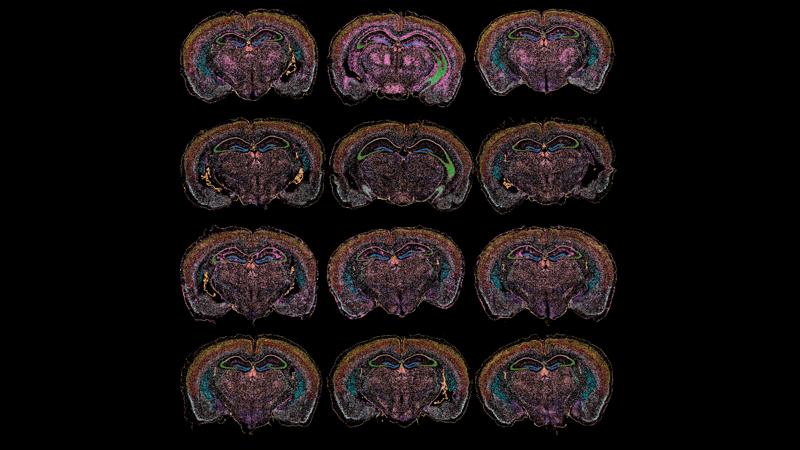
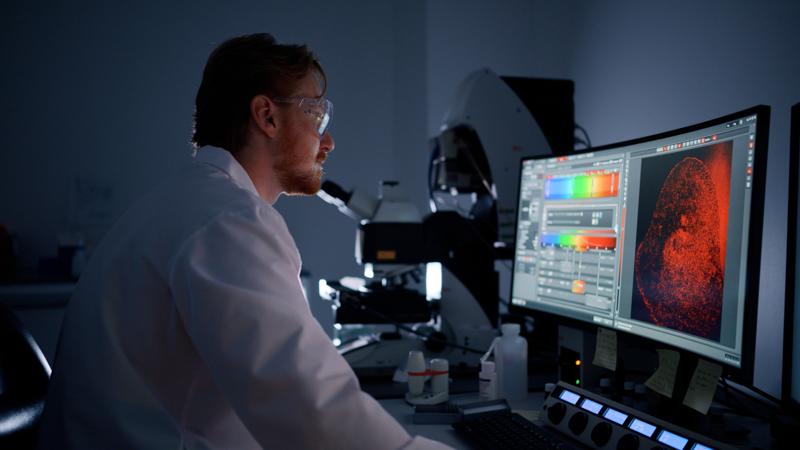
JAX plays key role in national effort to decode the function of every human gene.
View more
Previously undetectable biomarkers in gut bacteria, immune responses, and metabolism offer hope for future diagnostic tools.
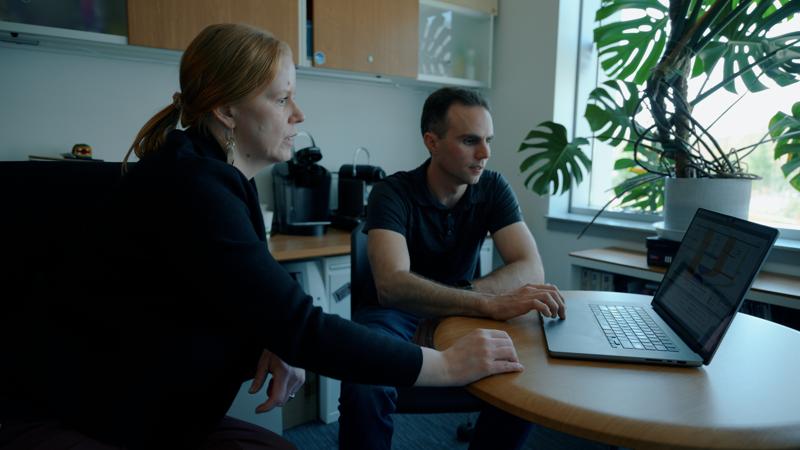
What if scientists unlocked the most hidden, hardest-to-read regions of our DNA?
View more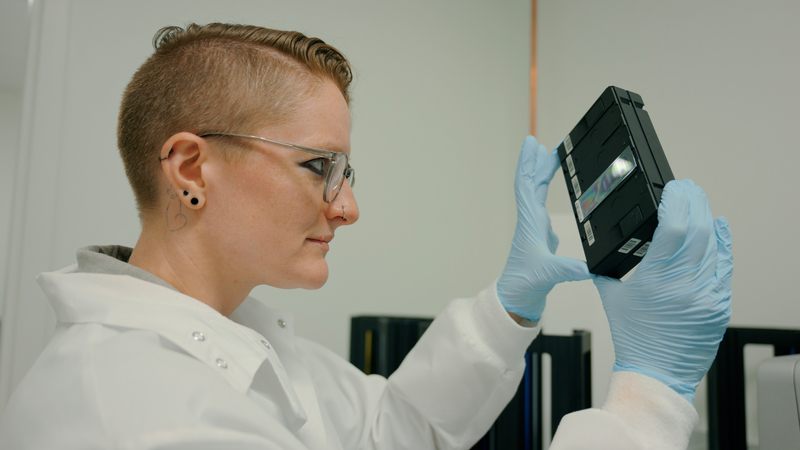
What if brain tumors could be more accurately diagnosed? Melissa Kelly and the JAX Advanced Precision Medicine Laboratory are changing the lives of patients through cutting-edge testing.
View more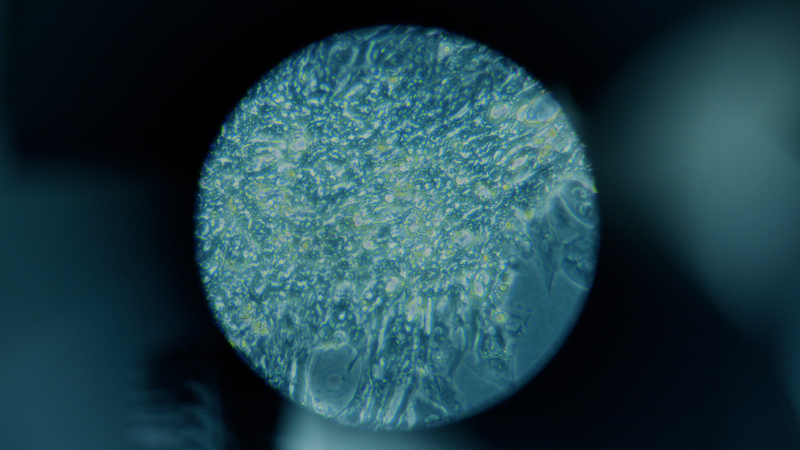
What if the key to defeating heart failure wasn’t a one-size-fits-all solution — but a therapy tailored to your unique genetic code? Travis Hinson is turning that vision into reality.
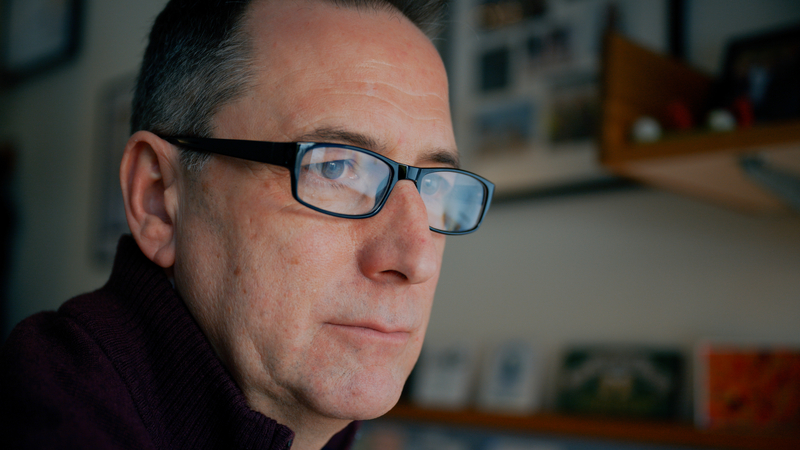
What if a routine eye scan could tell a doctor if you were at risk of Alzheimer’s disease? Gareth Howell is exploring how genetics shape the way our eyes—and brains—age.
View more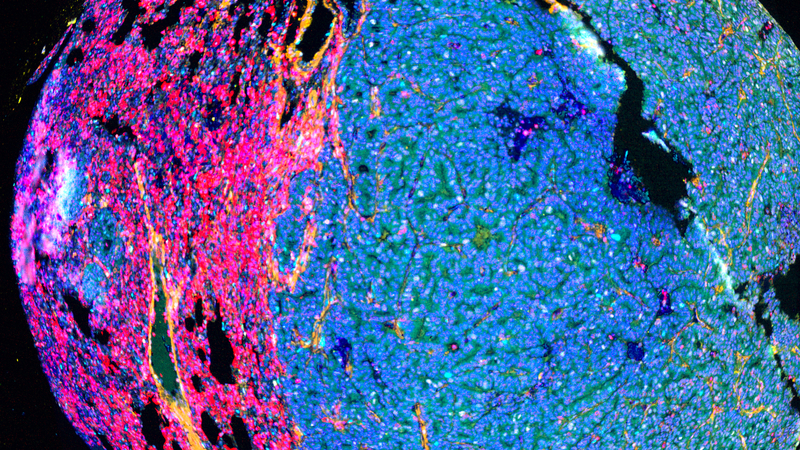
Tissue AI is like upgrading from a paper atlas to a high-resolution, interactive GPS system. Traditional imaging methods are like a basic street map—outlining major landmarks but missing the fine details important to how a city truly functions.
View more